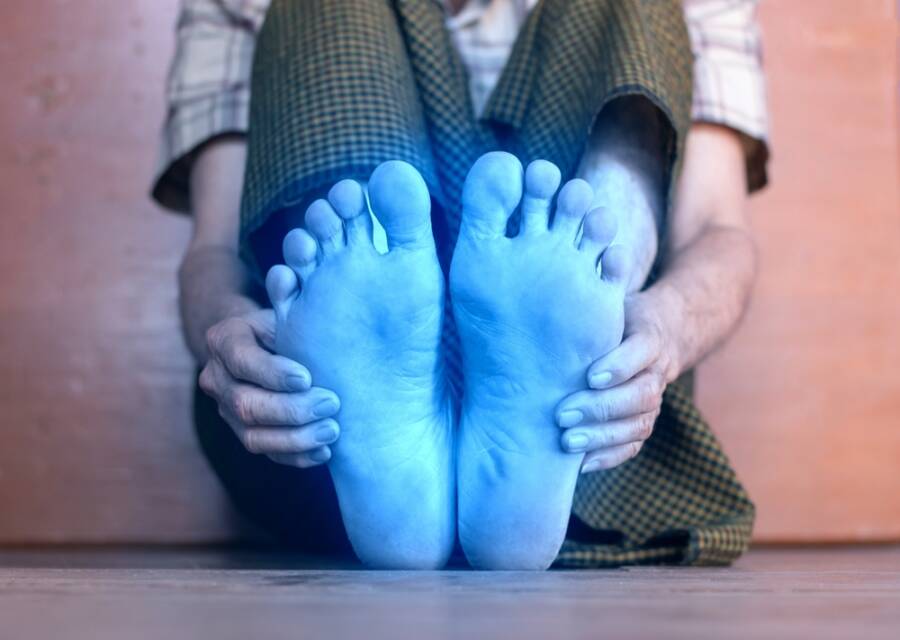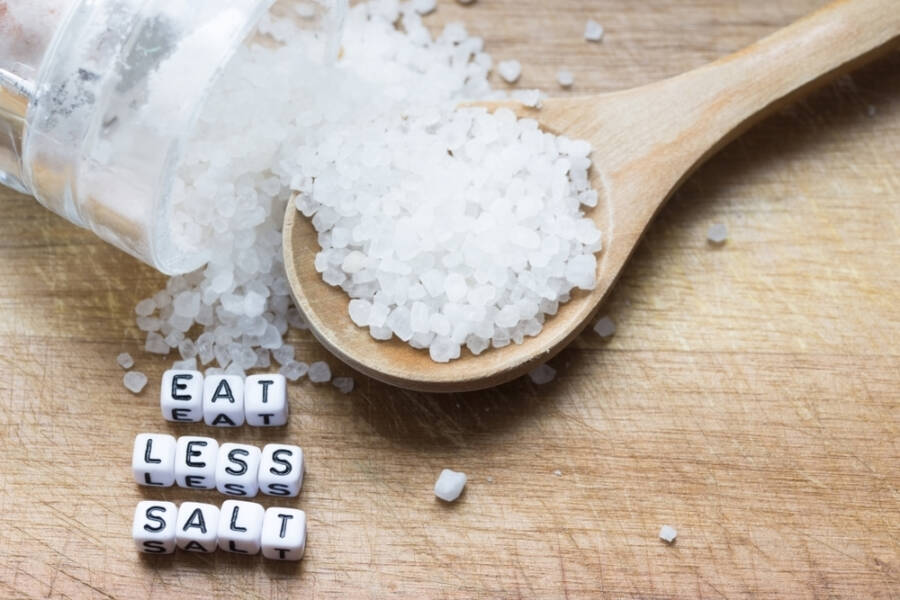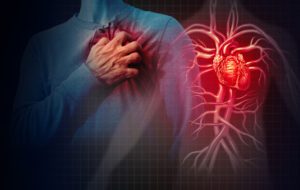See the best ways to improve your circulation and have a healthy body!
An essential component of human health is blood circulation. It keeps us feeling well and supports healthy bodily functions. We wouldn’t be able to survive very long without enough circulation because our organs wouldn’t get the nutrition they require to function correctly. Unfortunately, not every one of us has stellar circulation. Luckily, our bodies are rather effective at alerting us to this when it occurs, provided we know what to look for.
If you want to know how to improve your circulation and have a healthy body, continue reading these lines. Specialists approve of everything in this article.

What are the signs of bad blood circulation?
1. Cold feet and hands
If both your hands and feet become chilly easily, it may indicate poor blood circulation. This happens because of insufficient blood supply. If you experience this symptom, your fingers and toes will appear blue. This is because their oxygen content decreases due to the absence of blood flow, giving them a blue tint. People with poor circulation also frequently experience chilly hands and feet all year round, not just in the winter.
2. Swollen feet
Swelling and fluid buildup in the feet, ankles, and legs may be signs of impaired circulation. Fluid retention is brought on by inadequate blood flow, which can result in edema. Keep a careful eye on your leg swelling if you have a history of kidney illness, diabetes, or heart problems.
Fluid retention can be brought on by a variety of situations, including prolonged standing or sitting at a desk. This is mainly specific to people who work in an office for more than 8 hours a day. If you want to improve your circulation, try to drink more water and move a bit during working hours. Avoid staying on the chair from morning to evening.
3. Brittle nails and hair loss
Hair loss and chipped nails may result from decreased blood supply to the scalp and nail beds. These disorders might be a sign of insufficient blood flow to the tiny blood vessels that supply the nails and hair.
4. Slow-healing wounds
If sores or wounds heal more slowly than usual, it might be because of inadequate circulation. To give nutrients and oxygen to the healing site and speed up recovery, there must be a healthy blood flow. If you observe that this occurs frequently and you want to improve your circulation, you should schedule a blood test visit with your doctor since it may also be related to diabetes.
5. Varicose veins
This occurs when blood swells veins due to malfunctioning valves. Purplish-blue spider-like lines appear on your skin as a result, usually on the legs. Excessive standing or sitting might make the issue worse. Although the symptoms are typically not severe, they might include stiffness, dry skin, soreness, swelling, cramping in the muscles, itching, and a heavy feeling in the legs. If you’re unhappy with the way your veins look, your doctor might suggest alternative treatments in addition to compression stockings.
6. Frequent cramps (in the legs)
These cramps, which usually affect the legs (but also the arms), worsen with movement because your body is unable to pump enough oxygenated blood. Usually, you feel pain in your calf, but it can also ache in your lower body or thighs. One possible explanation of the poor circulation might be “claudication,” a condition in which plaque accumulates along the walls of your arteries, narrowing them. For the best course of action in treating this dangerous disease, see your physician.
However, before getting to the doctor the best on-hand remedy if you’re having these symptoms, try to refill the lost electrolytes by eating salty foods and drinking lots of water.

How can you improve your circulation?
-
Consume less salt
If you want to improve your circulation and have a healthy body one of the first things you can do is to adjust your diet a bit and start by consuming less salt. Consuming a diet heavy in salt can lead to fluid retention, which raises blood pressure and causes edema. If possible try to cook your meals and avoid ordering. This way you will have absolute control over the salt intake and even if you cook for an entire family you can ask them to add salt to their plate if needed.
-
Move your body
A vital thing to do when you want to improve your circulation is to try and exercise a bit every day. Not at the level of an athlete but at least 30 minutes a day. Why? The vascular system in your legs is improved by exercise and conditioning, even from low-impact activities like walking or pool swimming. Do gentle jogging, a stroll in the nearest park, or yoga are three of the best ways to move your body with minimum effort.
Of course, if you want, you can also do cross-fit or weight-lifting. Every type of exercise improves the efficiency of the blood pumping throughout the body and fortifies the cardiovascular system.
If you have varicose veins and your doctor prescribed compression socks, you can wear them while you’re exercising without any worry.
-
Elevate your legs
Elevate your feet and legs whenever you can if you often get edema in those areas. Raising your legs above your heart level promotes better circulation and lessens fluid retention. A great way to improve your circulation and keep your legs high is with this leg elevation pillow.
It’s made for those who have issues with blood circulation, swelling, or frequent pain in the legs. This pillow is made of memory foam and high-density foam, which helps you keep your legs in a natural position. The bottom is non-slippery, which is great for putting in your bed when you are sleeping. It’s available on Amazon with one click!
-
Drink a lot of water
We cannot emphasize this often enough, but drink a lot of water and stay hydrated if you want to have good blood circulation. Thicker blood from dehydration can make it more difficult for the heart to pump and circulate blood efficiently.
For men, the recommended daily fluid intake is around 15.5 cups (3.7 liters). About 2.7 liters, or 11.5 cups, of liquids each day for women.
-
Say no to smoking!
One of the worst things that facilitates bad blood circulation is smoking. Smoking narrows blood vessels, which impairs circulation. Blood flow is restricted by nicotine’s ability to constrict blood vessels. And with electronic cigarettes, this is also accurate.
Giving up smoking can lower the risk of certain cardiovascular problems and greatly increase blood flow.
-
Minimize your stress
While you have to be mindful of a lot of the stuff we’ve mentioned above, you should also try to minimize your stress levels. Sometimes it can be hard, especially if you work in a certain environment. However, stress can have a huge impact on blood circulation. Try as much as possible to engage in relaxing hobbies or stress-relieving activities, such as meditation or deep breathing exercises.
Are you interested in reading more about keeping your body healthy? Then check out Wow: 10 Tasty Veggies to Help You Lose Belly Fat (After 50).






